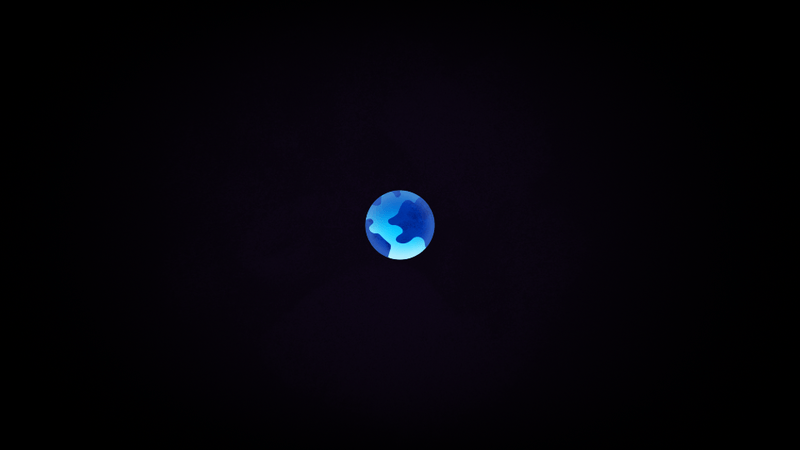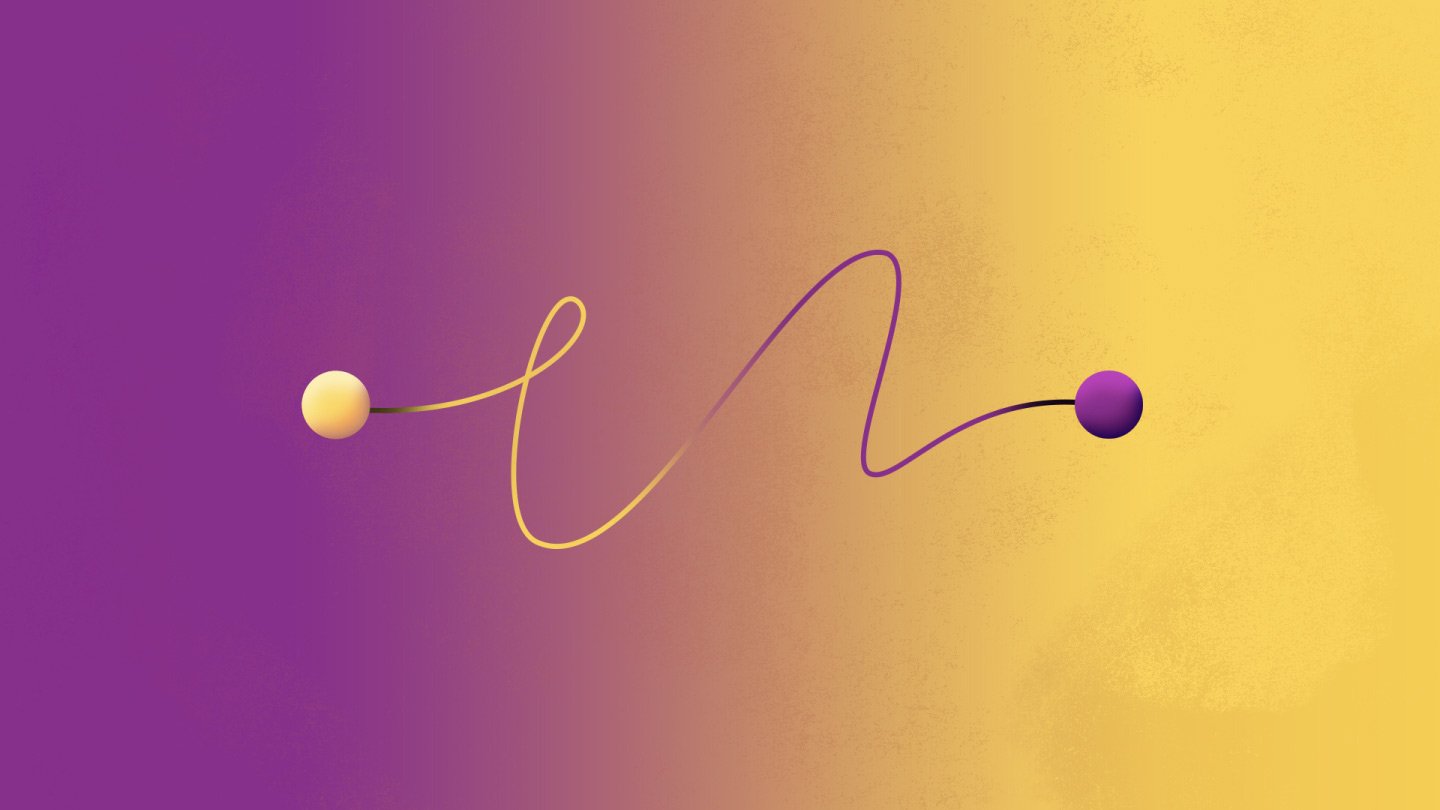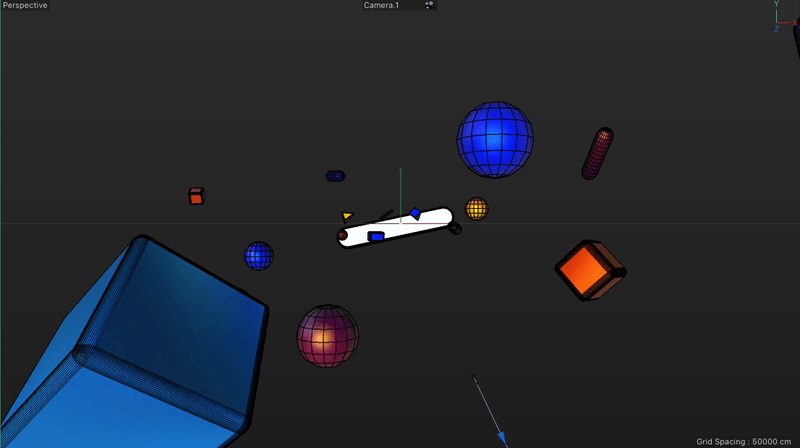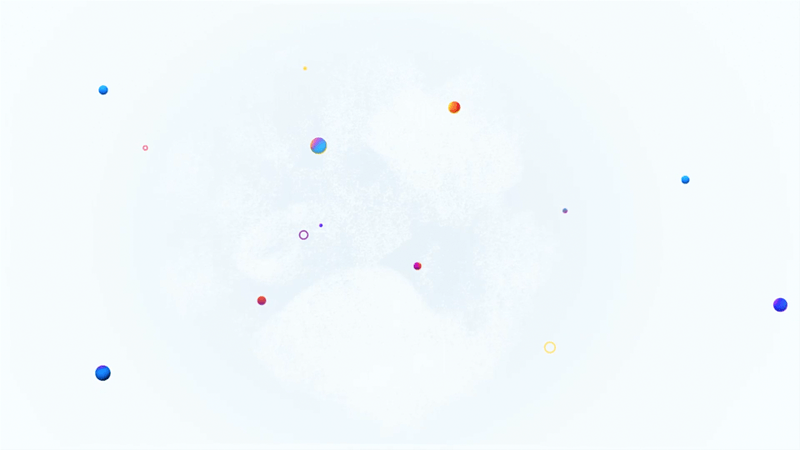
Mombi
Styleframe Designer / Animator / Editor / Sound Designer
I LOVED working on this project. This was one of those projects where I got to use all of my skills and develop some new ones and hope it worked. The challenge of that was daunting, but also exciting for me. When talking through this project I always say that “it was an opportunity for me to impress myself.”
This project was the final assignment for School of Motion: Explainer Camp taught by the Jake Bartlett. We were to create a 30-second explainer video for a fictional Google-esque company, Mombi, talking about their goods and services.
We started off with a given logo, color palette and script. Everything else was up to us to create. I appreciate having few parameters to push against and explore within — so this was a familiar setup. I had Van Velvet as my TA who provided me with critical feedback, every step of the way. Her feedback was integral for me to push my conceptual thinking and execution.
From the script, I began with mind-mapping, sketching, and free associating, a departure from my usual approach of diving directly into mid- to high-fidelity design. This shift in focus towards narrative and concept helped me strengthen much needed muscles. With visual development happening downstream, I started with pen and paper (errrrr…iPad and Apple Pen). Growing up, drawing was my gateway into the arts and eventually design. Somewhere along the way, I stopped drawing for the pure enjoyment of it. Creating these storyboard frames reminded me just how much I loved sketching and how absolutely terrible I had become at it… Once I got over how clumsy my line-work had become, the thumbnails came out quickly and got me to a version 1 draft of the basic concept – complete with a loosely sketched, low-fidelity storyboard tied to the script.
With a good-enough storyboard under my belt, it was time to start on the animatic. This phase of the project pushed me to consider non-visual storytelling elements like timing, pacing, VO and music. I was responsible for recording the scratch track – I’ve always been told I have a voice for radio so I was pretty excited to give the VO a shot! When I played the recorded scratch track to my closest friend of 20 years – his reaction was: “wow this voice over artist really sucks.” So with the dream of becoming a radio DJ behind me it was time to refocus on the Explainer.
To start off with visual development, we were assigned to create three look-and-feel moodboard options. Given the nature of the client and my rudimentary illustration skills, I opted for a simplistic visual styles. The moodboards emphasized basic shapes that when orchestrated properly convey complex concepts. The styles were achievable, but would also push me. I added the completed styleframes to the working animatic and continued to refine the pacing with the VO.






I was relieved when we finally were given a proper and professionally recorded VO. I’ve never considered myself a very musically or sonically talented artist - so this was a solid challenge for me. I had to consider how to coordinate timing and pacing, when should sound take emphasis over animation? I used an Adobe Premiere plugin called Boombox which let me easily browse and try out sound effects. Pond5 was used to source the music track.
With the animatic really shaping up, It was time to start animating. This was the most asset rich project I had ever worked on. So saving out the various components of each scene were equal parts therapeutic and tedious. Each photoshop element had an associated individual texture that needed to be saved out and meticulously organized… I am not one of those organized creatives… My desktop after any given finished project usually takes up to a week to clean.
I tackled the animation pretty sequentially. Having a thorough storyboard and animatic to work from kept me efficient. I roughly knew when there were transitions and the timing of animations needed. I got to spend that additional time focusing on upping my keyframe animations and expressions. Because there were so many elements per scene, managing the complexity became the biggest task for me. I used Cinema4D for more complex sequences towards the end.






What I really enjoyed about this process was the continuous refinement of all the different pieces. I could spend a day reworking the sound effects, or finessing key animations or reworking assets to keep pushing their fidelity. I would consider this one of the projects I'm most proud of. In the end, I did impress myself and I feel that I truly leveled-up in both storytelling and animation.




